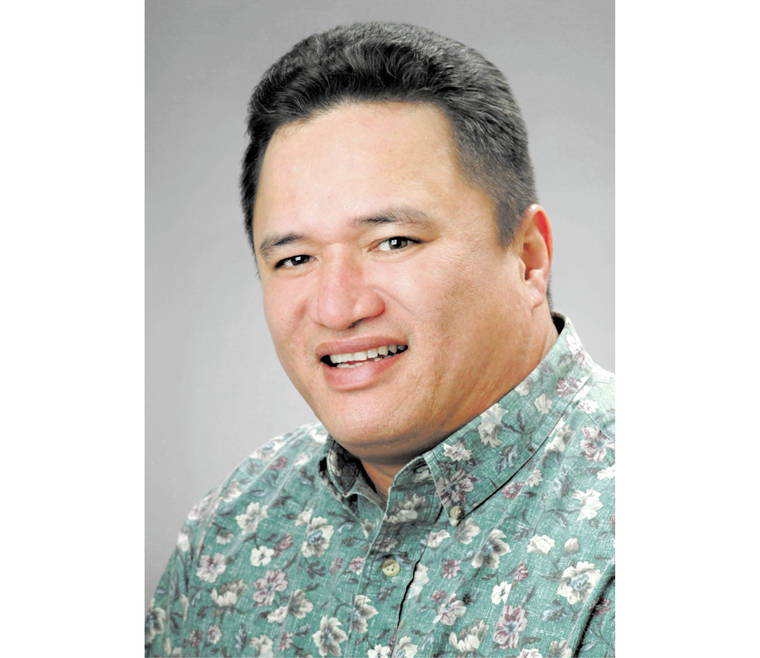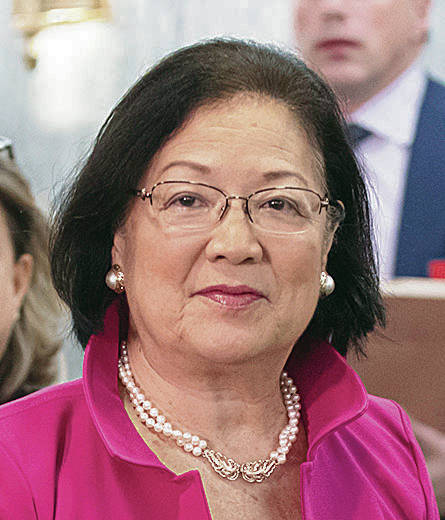US Senate committee hears from official from PGV parent company
Ormat Technologies committed Thursday to continue its engagement with the Puna community and other Big Island stakeholders as the company proceeds to reopen Puna Geothermal Venture.
That assurance came from Paul Thomsen, Ormat Technologies vice president of business development, and was given during a U.S. Senate Energy and Natural Resources Committee hearing that aimed to examine geothermal energy development.
ADVERTISING
Ormat owns PGV, which provided about 30% of the power on the island until lava from Kilauea volcano caused the plant close in May 2018, said committee member Sen. Mazie Hirono, D-Hawaii, during the hearing.
Lava destroyed a substation and covered a few geothermal wells, as well as cut off road access to the state’s only geothermal power plant, but it was otherwise spared significant damage in the eruption that began May 3, 2018, in lower Puna.
“As you proceed to reopen the plant, I’d like your commitment that your company will engage with the local community and other interested people on the Big Island to hear their views and concerns,” Hirono said.
Thomsen told Hirono, “… you absolutely have my commitment to do that.”
“Ormat has been proud to operate that facility for some time,” he continued. “It’s a compelling story because we often talk about energy security, and it’s going to be an incredible success story to say that a geothermal facility surrounded by lava was able to weather the storm, (and) come back online. … Geothermal power plants are incredibly resilient.
“You have my full commitment, as we go through the repermitting process, as we build the new transmission lines, this is really going to be a story of rebirth.”
Thomsen thanked PGV leaders for working with the community “to bring the roads back, bring the power back up, and bring new life to the eastern Pahoa area.”
“… We are doing everything in our power to get that facility back up and operating, and frankly hope that the geologic activity that occurred will make those wells hotter, more productive, and maybe we’ll see a greater product out of the Puna Geothermal Venture moving forward.”
Prior to the eruption, Mike Kaleikini, senior director of Hawaii affairs for Ormat, said PGV had regular quarterly community meetings, “when we would share with folks in attendance what was going on at PGV,” as well as visit with nearby community associations.
PGV also met with the “regulatory side,” giving updates to the county, state and federal agencies that have regulatory oversight.
The company will now host community meetings more often.
“With the restart, we have agreed to have community meetings every other month, and more, if more work (is) going on,” Kaleikini said.
The first post-eruption meeting, discussing plans to regain ground access to the facility and updating residents on the requirements to use a road on PGV’s property to reach homes isolated by the lava flows, was in March and drew more than 100 people. The county and Hawaii Electric Light Co. also provided updates.
A second meeting was convened in mid-May and drew fewer residents.
The next community meeting is planned for mid-July, Kaleikini said, and will continue “every other month in the middle of the month until such time we have more activity that warrants more frequent meetings.”
As part of its community outreach and engagement efforts, Kaleikini said PGV has provided college scholarships to students from Pahoa High and Intermediate School, Kua O Ka La New Century Public Charter School and Hawaii Academy of Arts and Science, and supported local sports teams, educational activities and events.
Kaleikini said PGV and its employees are appreciative of the support they’ve received from the community and from Ormat for its commitment in keeping “everyone employed throughout the entire eruption.”
“Fortunately the eruption stopped when it did stop and allowed us to make plans to return to the facility, actually working on the facility, assessing equipment with the goal of returning back to operations by year end,” he said.
Permit applications for two new geothermal wells were resubmitted to the state Department of Land and Natural Resources and are under review, Kaleikini said.
The applications were filed April 4 and were reviewed and returned to PGV with comments earlier this month.
Kaleikini previously told the Tribune-Herald that the 38-megawatt geothermal power plant still is assessing wells that were covered by lava or plugged during the eruption, and described the applications for new wells as a contingency.
PGV is allowed to build as many as 28 wells under a plan of operation approved in 2006.
It currently has 11 wells — five for injection and six for production — that range in depths of 4,000 feet and 8,000 feet.
Email Stephanie Salmons at ssalmons@hawaiitribune-herald.com.




